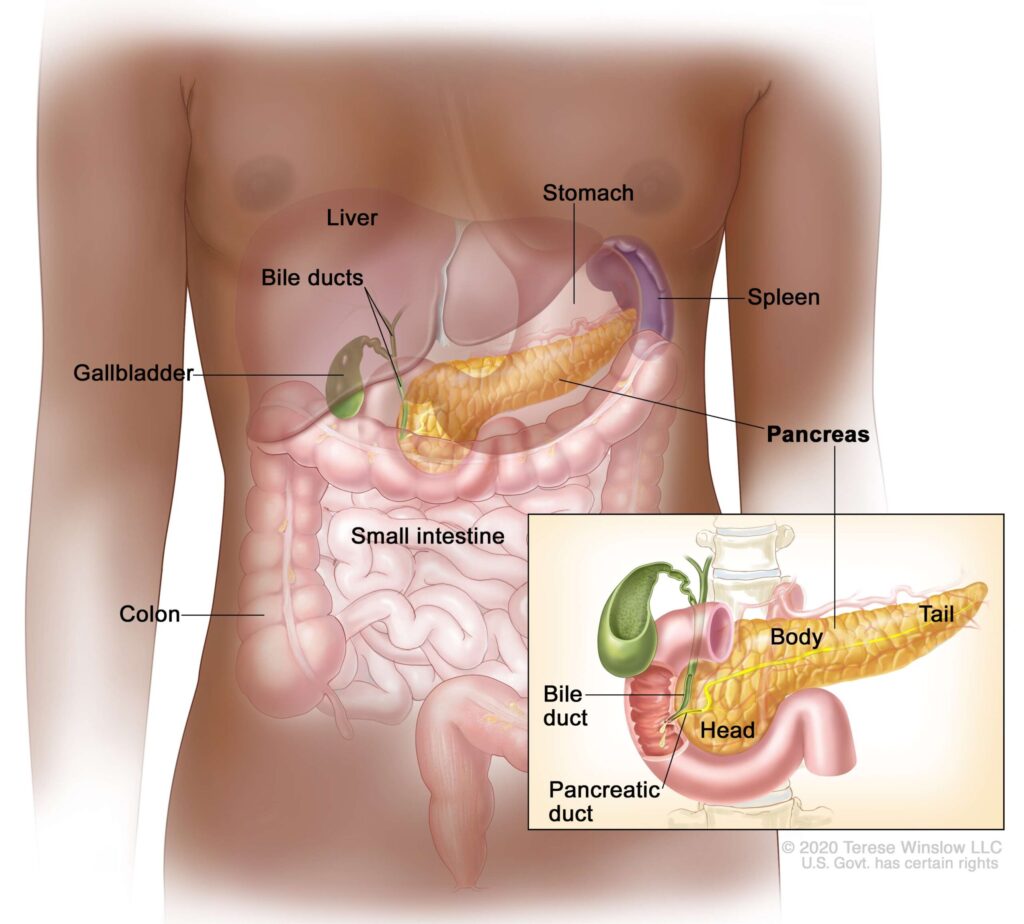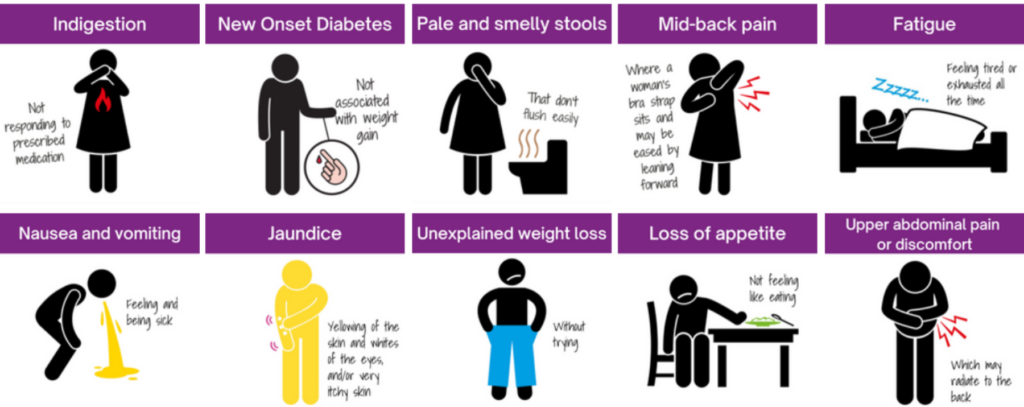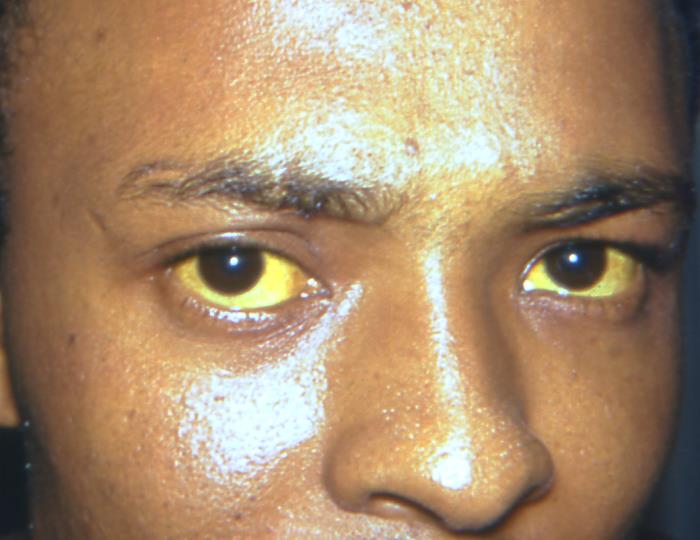Understanding Pancreatic Cancer
Often diagnosed late, Pancreatic Cancer is one of the deadliest cancers worldwide. It is a rare but aggressive cancer that begins in the tissues of the pancreas, an essential organ that helps with digestion and blood sugar regulation.
We’ll break down what pancreatic cancer is, its symptoms, risk factors, prevention strategies, and treatment options.
What Is the Pancreas and What Does It Do?
The pancreas is a small, fish-shaped organ located behind your stomach.

It plays two crucial roles:
- Digestive function – It produces enzymes that help break down food.
- Blood sugar control – It releases insulin and glucagon to regulate sugar levels.
Consequently, when cancer develops in the pancreas, it disrupts these functions, leading to severe health issues.
How Does Pancreatic Cancer Develop?
Pancreatic cancer occurs when abnormal cells in the pancreas multiply uncontrollably, forming a tumor.
The most common type is pancreatic ductal adenocarcinoma (PDAC), which affects the ducts carrying digestive enzymes.
Early Signs and Symptoms of Pancreatic Cancer
Unsurprisingly, is often referred to as a silent disease because symptoms don’t appear until the later stages.

Some warning signs to look out for include:
- Digestive Issues and Abdominal Pain
- Unexplained nausea and vomiting
- A dull, persistent pain in the upper abdomen or back
- Loss of appetite and sudden weight loss
2. Obstructive Jaundice (Yellowing of Skin and Eyes)
- Yellowing of skin and eyes

(CDC Photo library, scleral Jaundice)
- Dark-colored urine
- Pale, greasy stools(difficult to flush)
3. Uncontrolled Blood Sugar Levels
- Pancreatic tumors can interfere with insulin production, causing new-onset diabetes or worsening of existing diabetes.
4. Fatigue and Weakness
- General weakness, exhaustion, or anemia due to the body’s inability to absorb nutrients properly.
If you or someone you know experiences these symptoms, book a consultation as soon as possible for proper evaluation.
What Causes Pancreatic Cancer? (Risk Factors)
While the exact cause isn’t fully understood, certain factors can increase your risk of developing pancreatic cancer:
1. Lifestyle-Related Risks
- Smoking – Smokers are 2-3 times more likely to develop pancreatic cancer.
- Heavy alcohol consumption – Can lead to chronic pancreatitis, a known risk factor.
- Unhealthy diet – Diets high in processed meats, red meat, and fried foods may contribute to pancreatic cancer risk.
2. Medical Conditions
- Chronic pancreatitis – Long-term inflammation of the pancreas.
- Obesity – Excess weight can increase inflammation and hormone imbalances.
- Diabetes – Long-term diabetes can make the pancreas more susceptible to cancer.
3. Genetic and Family History Factors
- A family history of pancreatic, ovarian, or breast cancer.
- Genetic mutations like BRCA1 and BRCA2, linked to breast and ovarian cancer, also increase risk.
Can Pancreatic Cancer Be Prevented?
While there’s no guaranteed way to prevent it, lifestyle changes can significantly reduce your risk:
- Quit smoking – This is one of the biggest preventable risk factors.
- Maintain a healthy diet – Eat more fruits, vegetables, and whole grains while cutting down on processed meats.
- Exercise regularly – Staying active helps prevent obesity, a key risk factor.
- Limit alcohol intake – Heavy drinking can lead to chronic pancreatitis, which increases cancer risk.
- Manage diabetes effectively – Keeping blood sugar levels stable can help reduce pancreatic strain. Book a consultation with a diabetes expert on DRDOGOOD to help regulate your sugars. You can also join the Diabetes WhatsApp Community to learn more about diabetes.
How Is Pancreatic Cancer Diagnosed?
Early detection is challenging but key, doctors use the following tests:
- Imaging scans – CT scans, MRI, and ultrasound to visualize tumors.
- Blood tests – Checking for tumor markers like CA 19-9.
- Biopsy – A sample of pancreatic tissue is taken for examination.
Since early symptoms are vague, regular check-ups are important, especially if you have the risk factors.
Treatment Options
Treatment depends on the stage of cancer and overall health. Options include:
🩺 Surgery – If caught early, removing the tumor (e.g., Whipple procedure) may be possible.
💉 Chemotherapy & Radiation – Used when surgery isn’t an option or to kill remaining cancer cells.
🧬 Targeted therapy & Immunotherapy – Newer treatments focus on specific cancer cells with fewer side effects.
Because it is often diagnosed late, a combination of treatments is usually recommended.
Final Thoughts: Know the Signs, Reduce Your Risk
Pancreatic cancer is a serious but preventable disease. While it often goes undetected in the early stages, recognizing symptoms, managing risk factors, and adopting a healthy lifestyle can make a big difference.
If you experience unexplained abdominal pain, jaundice, or sudden weight loss, don’t ignore it—seek medical advice as early as possible.
For more information, check out these trusted sources:

